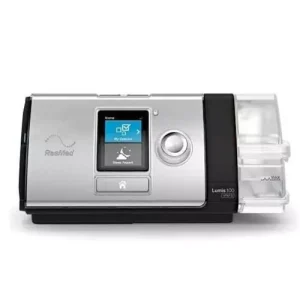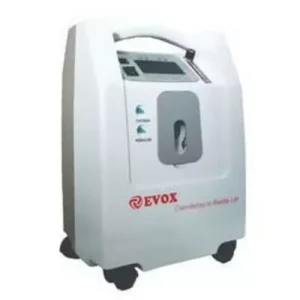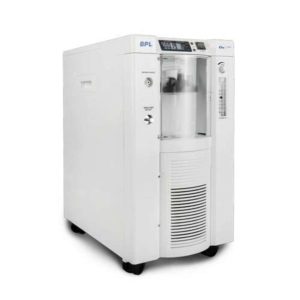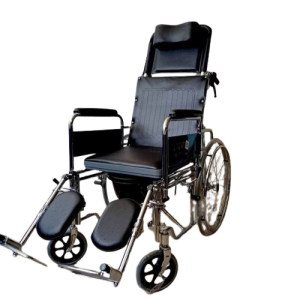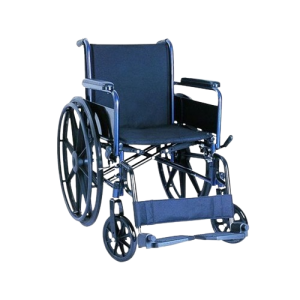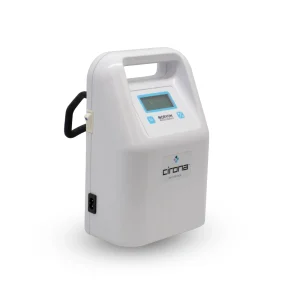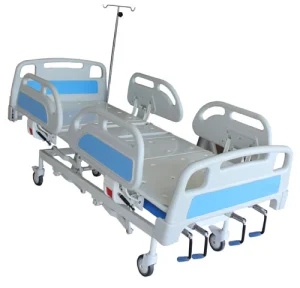- By Admin
- August 6, 2024
SPo2 Probe
Amount : ₹ 1000/ Per Month
An SpO2 probe (also known as a pulse oximeter probe) is a medical device used to measure the oxygen saturation level in the blood (SpO2) and pulse rate. It is a critical tool for monitoring patients with respiratory conditions, assessing oxygen levels during surgery, or managing conditions that affect oxygenation.
Features:
- Oxygen Saturation Measurement:
- Measures the percentage of oxygen-saturated hemoglobin in the blood.
- Normal SpO2 levels range from 95% to 100%.
- Pulse Rate Monitoring:
- Provides real-time measurements of the heart rate.
- Non-invasive Measurement:
- Typically attached to a thin, soft probe that clips onto a part of the body, usually a fingertip, earlobe, or toe.
- Provides continuous monitoring without the need for invasive procedures.
- Display Screen:
- Shows the SpO2 levels and pulse rate.
- Some devices have additional features like alarms for abnormal readings.
- Sensors and Light Emitters:
- Uses light-emitting diodes (LEDs) and photodetectors to measure blood oxygen levels.
- Two wavelengths of light are used to distinguish between oxygenated and deoxygenated hemoglobin.
- Compact and Portable:
- Small, lightweight, and easy to carry.
- Many models are battery-operated for convenience.
- Accuracy and Calibration:
- Provides accurate readings when properly calibrated and used as directed.
- Accuracy can be affected by factors such as poor circulation, movement, or nail polish.
- User-Friendly:
- Simple to operate with minimal training required.
- Often features a user-friendly interface with easy-to-read digital displays.
Usage:
- Preparation: Place the probe on the chosen location (finger, earlobe, etc.) and ensure it is secure but not too tight.
- Operation: Turn on the device and wait for the readings to stabilize.
- Monitoring: Regularly check the SpO2 and pulse rate readings, especially in patients with respiratory issues or during procedures that may affect oxygen levels.
- Maintenance: Keep the probe clean and free from debris. Follow the manufacturer’s instructions for calibration and care.
Applications:
- Medical Monitoring: Used in hospitals and clinics to monitor patients with respiratory or cardiac conditions.
- Home Use: Commonly used by individuals with chronic respiratory conditions or those needing to monitor their oxygen levels regularly.
- Emergency Situations: Useful in pre-hospital settings and emergency care to quickly assess oxygen saturation and pulse rate.
An SpO2 probe is an essential tool for assessing oxygenation status and ensuring that patients receive appropriate care based on their oxygen levels and pulse rate.

